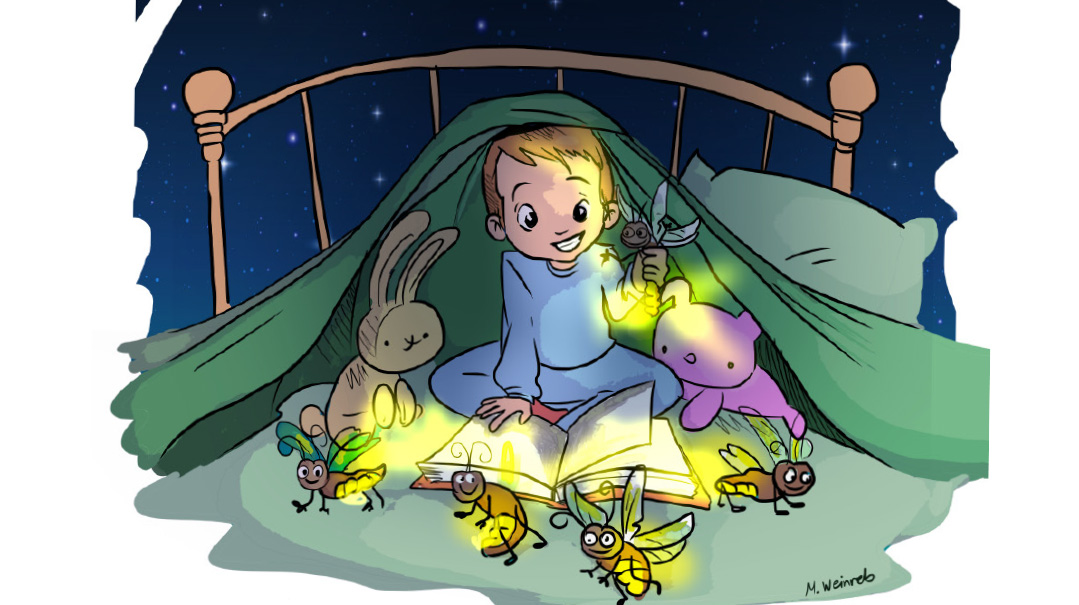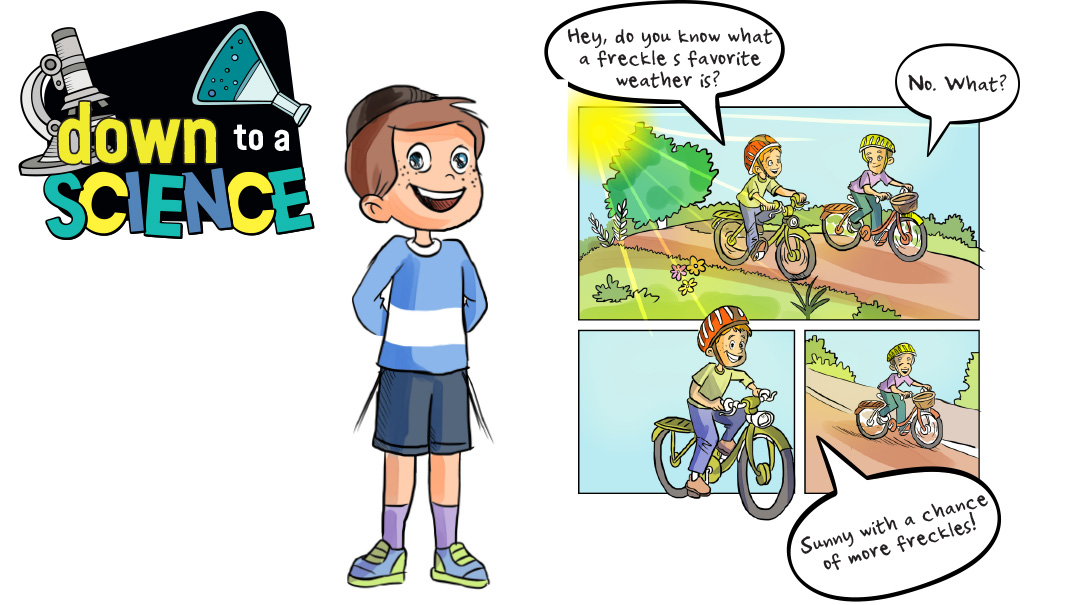What Makes Fireflies Light Up?

It turns out that fireflies are way cooler than I ever imagined

Hello, Kiddos,
This is Professor Mordy Maven, Thinker, Wonderer, and Figure-Outer of all things science-ish. What that basically means is that I try really hard to figure stuff out. I do the hard work, so you don’t have to!
There I lay, under the covers, happily learning everything I could learn about sound waves. Then out of the silence I suddenly heard it, a shrill, piercing voice:
“Close the flashlight, Mordy!”
It was my mother calling from the kitchen. How could she possibly see my tiny little flashlight glowing all the way from downstairs? I’m almost positive that my mother has some serious superpowers. Maybe all mothers do.
I sighed. Without my flashlight, how would I be able to continue my important research? Science needs me. You guys need me. The world needs me! I considered going downstairs and politely asking my mother for a one-time allowance. I’d tell her what important research needs to get researched! What important discoveries need to get discovered! Why we may continue to live in the Dark Ages all because….
“Close it now, Mordy! And now is not the time to discuss the Dark Ages, either!”
Oops! We could not locate your form.







